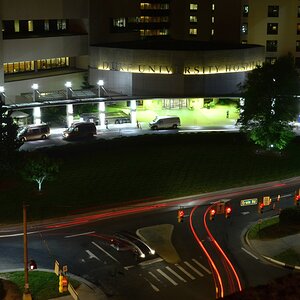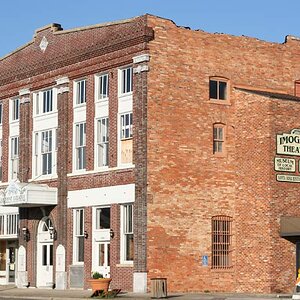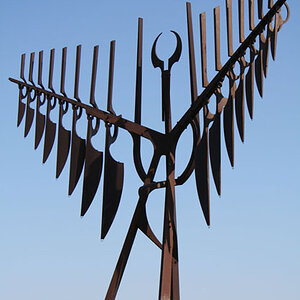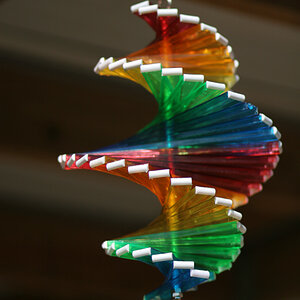Raeanne06
TPF Noob!
- Joined
- Mar 8, 2007
- Messages
- 4
- Reaction score
- 0
- Location
- Ellsinore
- Can others edit my Photos
- Photos OK to edit
I already tried to post this or whatever but I don't know if it worked. Thanks
1) Is a 50mm lens and good choice to use with a 35mm camera in order to avoid perspective distortion?
2) Is a 50mm lens regarded as a normal for all cameras regardless of film size?
3) If you are using a 35mm camera and you are taking a photograph of a tall building should you position the camera so that the face of the lens is parallel to the face or side of the building, in order to aviod linear distortion?
1) Is a 50mm lens and good choice to use with a 35mm camera in order to avoid perspective distortion?
2) Is a 50mm lens regarded as a normal for all cameras regardless of film size?
3) If you are using a 35mm camera and you are taking a photograph of a tall building should you position the camera so that the face of the lens is parallel to the face or side of the building, in order to aviod linear distortion?







![[No title]](/data/xfmg/thumbnail/32/32930-09414fc020c2a60a456ff59a05c5ef8f.jpg?1619735759)





